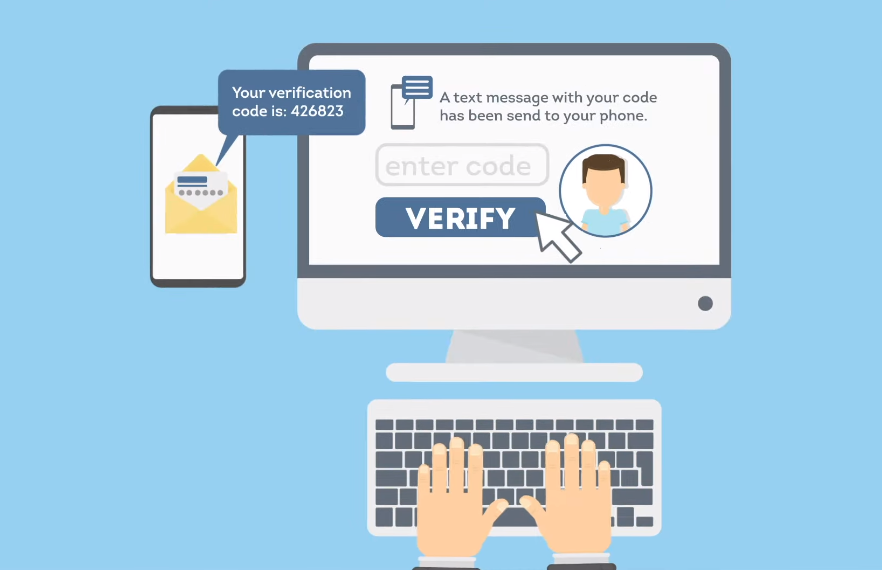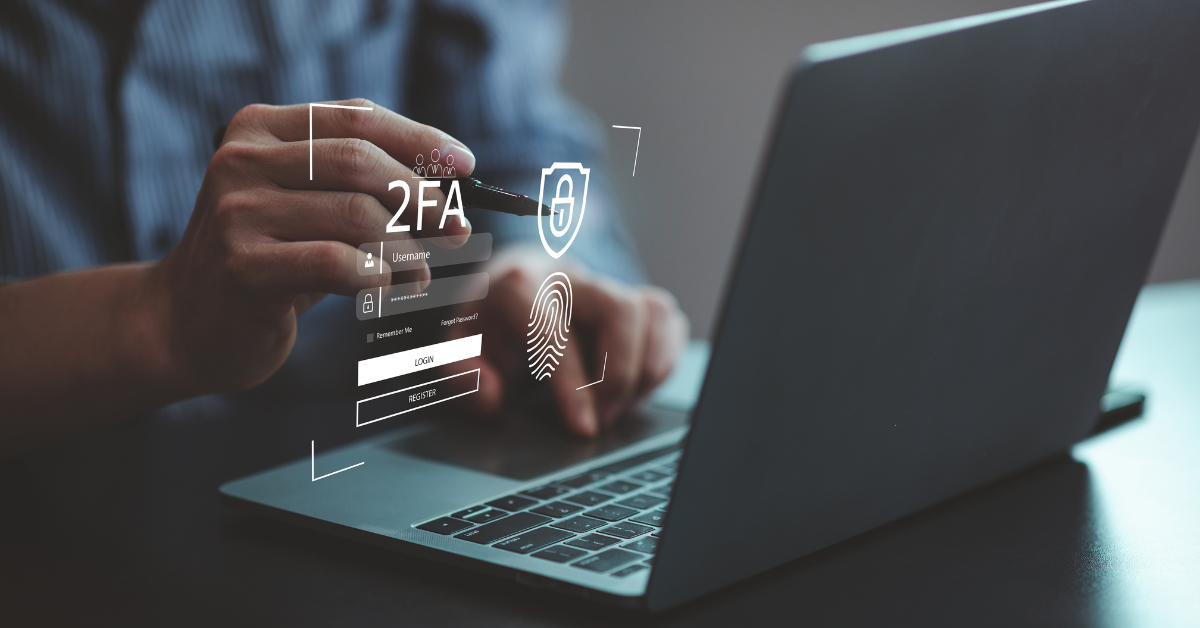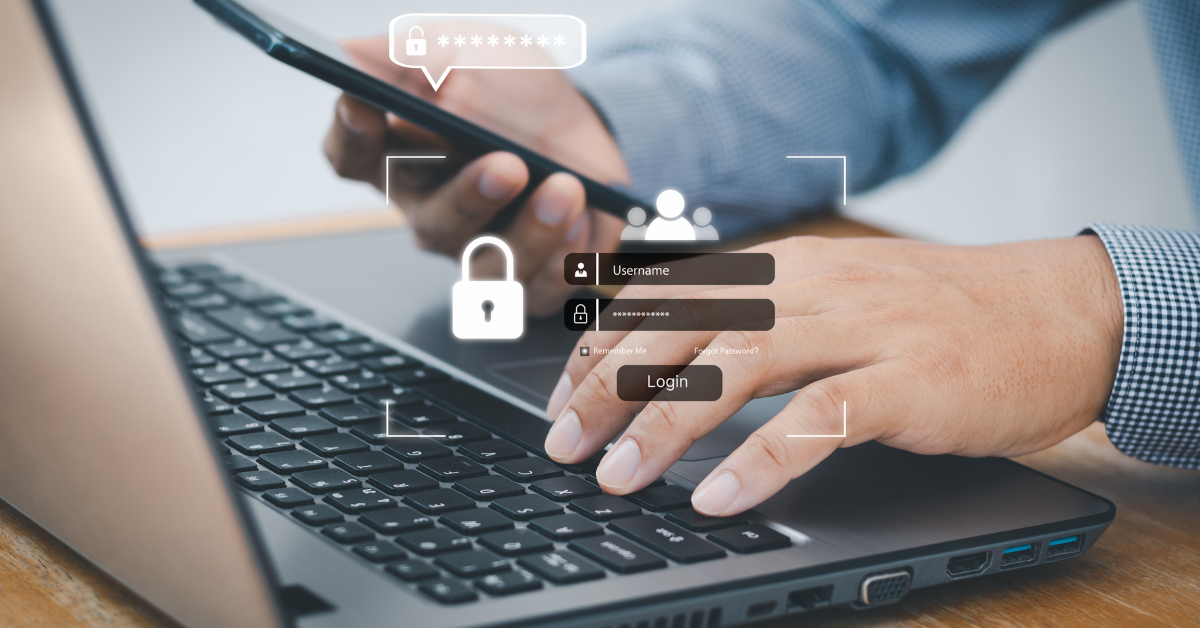Yes, Two-Factor Authentication (2FA) is a highly effective security measure that enhances online safety. It requires two different authentication factors, making it challenging for malicious actors to access your accounts, even if they have your password. While it’s not entirely immune to vulnerabilities like social engineering or SIM swapping, following best practices and remaining vigilant can significantly increase your digital security.
What is Two-Factor Authentication (2FA)?

Two-factor authentication, often abbreviated as 2FA, is a security process that requires users to provide two different authentication factors before gaining access to an online account or system. These factors typically fall into three categories:
1. Something You Know
- Passwords
- PINs
- Security Questions
2. Something You Have
- Mobile phones
- Smart cards
- Security tokens
3. Something You Are
- Biometrics (fingerprint, retina scan, facial recognition)
The idea behind 2FA is to add an extra layer of security by combining two of these factors. For example, when logging into an email account, you might enter your password (something you know) and then receive a one-time code on your mobile phone (something you have) that you must also enter to complete the login process.
How Does 2FA Enhance Security?

1. Protection Against Password Theft
One of the most common ways hackers gain unauthorized access to accounts is by stealing passwords. This can happen through various means, including phishing attacks, data breaches, or simple guesswork. However, with 2FA in place, the hacker’s job becomes significantly more challenging.
Even if your password is compromised, the hacker is thwarted by the requirement for a second authentication factor. This factor could be something you have, like a mobile device, a smart card, or something you are, such as a fingerprint or facial recognition. Without this second factor, the hacker’s access remains restricted, providing you with a layer of protection.
2. Mitigating Phishing Attacks
Phishing attacks are a threat in the online world . They involve tricking users into revealing their login credentials by impersonating legitimate websites or services. This often results in users unwittingly sharing their usernames and passwords on these fake sites.
2FA is a potent defense against phishing because the generated authentication codes are time-sensitive and valid for a short period. Even if a user falls victim to a phishing attack and enters their password on a fraudulent site, the attacker is still stranded.
3. Preventing Unauthorized Account Access
2FA acts as a formidable barrier to unauthorized account access. Even if someone manages to guess or steal your password through various means, they cannot log in without the secondary authentication factor. This makes it incredibly challenging for malicious actors to compromise your accounts, even if they possess some information about you.
4. Reduces the Impact of Data Breaches
Data breaches can occur at the service provider’s end or due to your own devices being compromised. In either case, 2FA steps in as a reliable protector of your account.
Without the second factor, even if hackers gain access to a database full of usernames and passwords, they won’t be able to gain unauthorized access to your account.
5. Customization and Versatility
2FA comes in various forms, allowing users to choose the best method for their preferences and security needs. Some common forms of 2FA include:
- SMS codes: These are sent to your mobile phone.
- Mobile apps: Apps like Google Authenticator generate time-based codes.
- Biometrics: This includes fingerprint recognition, facial recognition, or even retinal scans.
- Hardware tokens: Physical devices like USB tokens or smart cards.
6. Extra Layer of Security
Perhaps the most significant advantage of 2FA is the addition of an extra layer of security. Incorporating two factors makes it exponentially more challenging for cybercriminals to breach your account. It’s like having multiple locks on a door, each requiring a different key.
Potential Risks and Considerations:

1. Loss of Access
If you lose access to the second factor (e.g., your mobile phone or security token), logging in to your accounts might be challenging. It’s essential to have backup methods or recovery options in place.
2. SIM Swapping
One vulnerability to consider is SIM swapping, where an attacker convinces your mobile carrier to transfer your phone number to their SIM card. This can allow them to intercept 2FA codes sent via SMS. Consider using an authenticator app or a hardware token to mitigate this risk.
3. Phishing Attacks
While 2FA can protect against traditional phishing attacks, sophisticated hackers may still trick users into revealing their authentication codes. Always be cautious and verify the legitimacy of websites and requests.
4. Device Loss or Damage
If your second-factor device is lost or damaged, it can be inconvenient to regain access to your accounts. Ensure you have backup methods, such as backup codes or alternative authentication options.
5. Biometric Vulnerabilities
Biometric authentication methods like fingerprint or facial recognition can also have vulnerabilities. In some cases, they can be spoofed or manipulated. It’s essential to use trusted and up-to-date devices for biometric 2FA.
Best Practices for Secure Two-Factor Authentication:
1. Use App-Based Authentication
Whenever possible, opt for app-based 2FA methods like Google Authenticator or Authy. These are less susceptible to SIM swapping and phishing attacks compared to text messages or calls.
2. Avoid SMS-Based 2FA
While SMS-based 2FA is better than no 2FA, it’s less secure than other methods due to the risk of SIM swapping. Use it as a backup but not as your primary 2FA method.
3. Regularly Review Account Activity
Stay vigilant by regularly reviewing your account activity. If you notice any unfamiliar or suspicious logins, take immediate action to secure your account.
4. Enable Biometric Authentication
Whenever possible, use biometric authentication methods like fingerprint or facial recognition. These are challenging to replicate or fake.
Conclusion
Two-factor authentication is a crucial tool in the fight against online security threats. When implemented correctly, it significantly enhances the safety of your online accounts by adding an extra layer of protection. While it’s not entirely foolproof, the risks associated with 2FA are relatively low compared to its benefits. To maximize your online security, it’s essential to use 2FA.
Frequently Asked Questions (FAQs)
1. Is two-factor authentication necessary for all my online accounts?
Using 2FA on all accounts that offer it is highly recommended, especially for sensitive accounts like email and financial services. It provides an additional layer of security that can help protect your data.
2. Are all forms of two-factor authentication equally secure?
No, not all forms of 2FA are equally secure. SMS-based 2FA is considered less secure than other methods like authenticator apps or hardware tokens. It’s advisable to use the most secure option available.
3. What should I do if I lose access to my second factor for 2FA?
If you lose access to your second factor (e.g., mobile phone or security token), you should follow the account recovery process specified by the service provider. It often involves using backup authentication methods or contacting customer support.
4. Can two-factor authentication be bypassed by hackers?
While it’s not entirely hack-proof, 2FA makes it significantly more challenging for hackers to gain unauthorized access. However, users should remain vigilant and practice good security hygiene to reduce the risk of compromise.
5. Are there any alternatives to two-factor authentication?
While 2FA is highly recommended, some alternatives include using strong, unique passwords for each account, regularly updating passwords, and using a password manager to store and generate passwords securely. However, 2FA adds an extra layer of security that complements these practices.
6. Can I trust all 2FA apps available on app stores?
While major 2FA apps like Google Authenticator are generally trusted and secure, exercise caution when selecting third-party apps. Stick to well-known and reputable options to ensure your security.
8. Is 2FA immune to all cyber threats?
While 2FA is a powerful defense, it’s not invincible. Cyber threats constantly evolve, so staying updated on security best practices and adapting to new challenges is essential.
